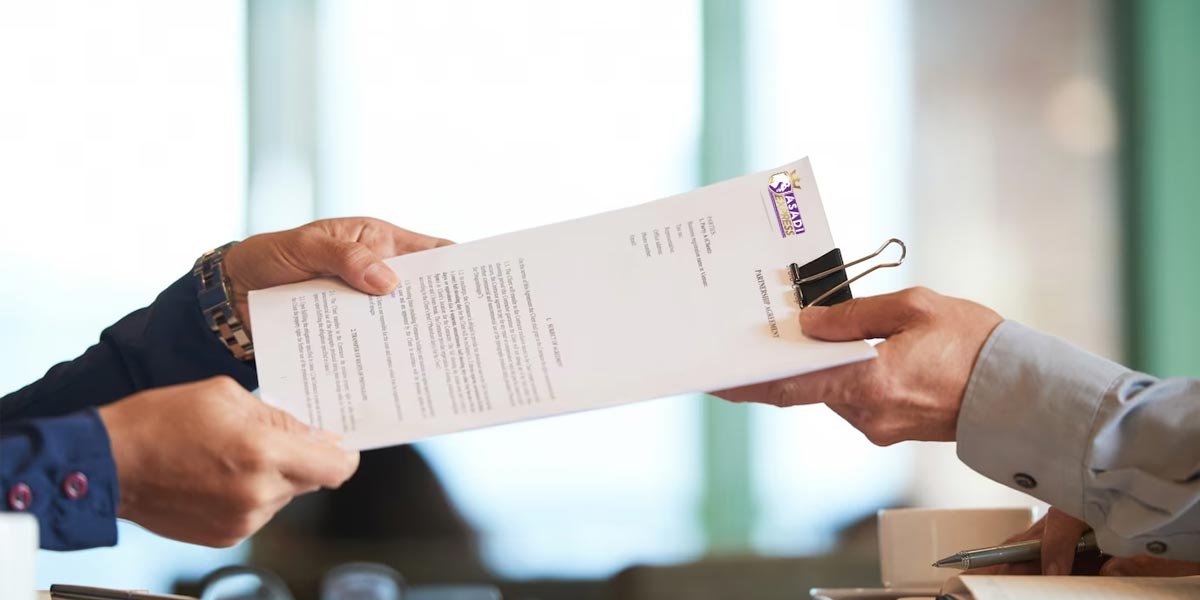
Clearance in Dubai is a company that clears the customs process in which products and goods are imported from the borders of the country and by performing certain steps including presenting documents, paying taxes and duties and checking things such as standards and health conditions, to enter the market. They are preparing internally.
Clearance is very important for importers of goods and products, because if this process is unfavorable or not, it can cause loss of time and money, dissatisfaction of customers, risk to public health and other effects on business.
Clearance in Dubai is done as a process for importing goods and products into the domestic market. This process is carried out in order to verify the legality of goods and products, pay taxes and duties, and ensure public safety and health.
In Dubai, clearance of goods is done in two ways: through customs automation and manually. If the goods and products are cleared through customs automation, the clearance process is done faster and without the need for physical presence. Otherwise, the clearance is done manually and requires the presence and meeting of the customs officials.
To carry out the clearance in Dubai, importers must provide the necessary information and documents to the customs authorities and pay the costs related to the clearance of the goods. After checking and confirming information and documents, goods and products enter the domestic market
Cargo clearance procedures by the clearance agent
The stages of cargo clearance by the clearance agent are:
Sending documents and documents: The first step in cargo clearance is to send the required documents to the clearance agent. These documents may include sales invoice, bill of lading, certificate of origin, export certificate and other required documents.
Review of documents: After receiving the documents, the clearance must check the information and ensure that all the documents and information are correct and complete.
Payment of customs fees: After confirming the documents, the importer must pay customs fees such as taxes and duties. The amount of customs fees is calculated depending on the type of goods and the amount of import.
Technical and sanitary inspection: In the next step, the goods are sent to the relevant department for technical and sanitary inspection. Goods may be banned if they do not meet health standards.
Cargo inspection: After the technical and sanitary inspection, the cargo is inspected by the customs authorities. The inspection may be to check the type of goods, the amount of import, the presence of theft or fraud in the goods and other factors.
Clearance Confirmation: If all the procedures are done correctly and there are no problems, the clearance agent will receive the clearance permit and the cargo will be ready for delivery to the importer.
After completing the cargo clearance procedures, the importer must pay the cargo transportation costs and pick up the cargo from the customs warehouse. If the cargo has import restrictions, the importer must take necessary measures to end the restrictions.
Also, it is important to note that during the cargo clearance process, you may encounter problems such as document discrepancies, cargo inspection problems, and other issues that you should consult with the clearance agent to find a suitable solution to solve them.
In general, a clearing agent is very important and many importers and exporters use the services of a clearing agent to complete the process of importing and exporting goods with minimum delay and difficulty.

